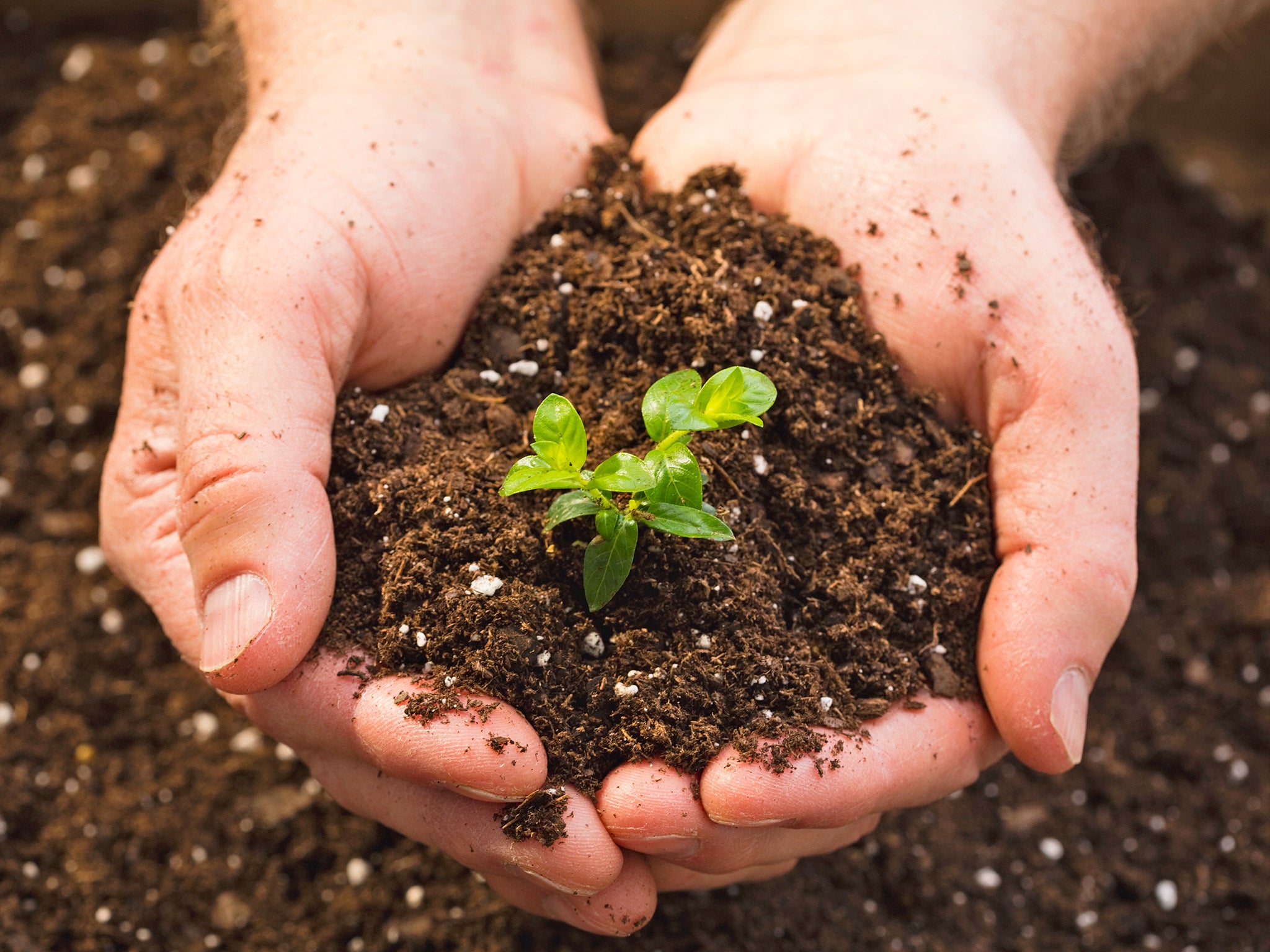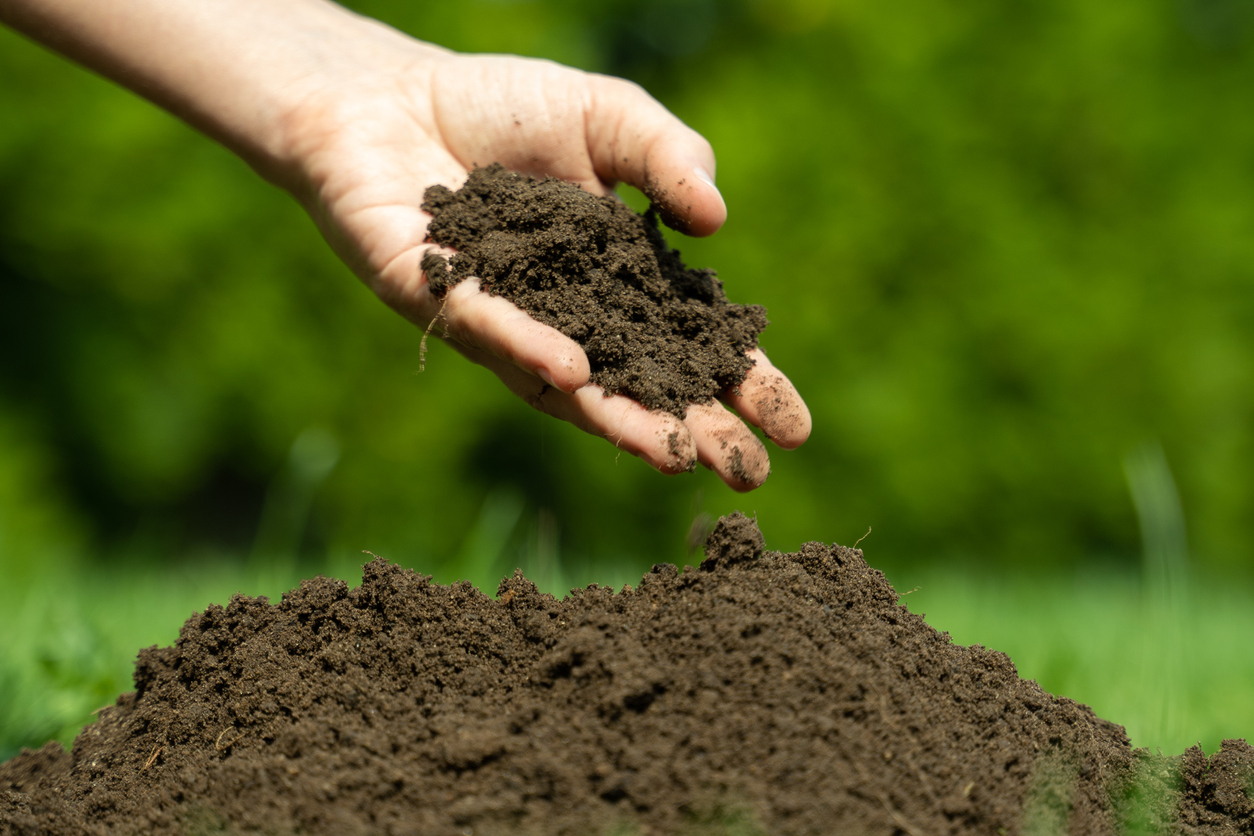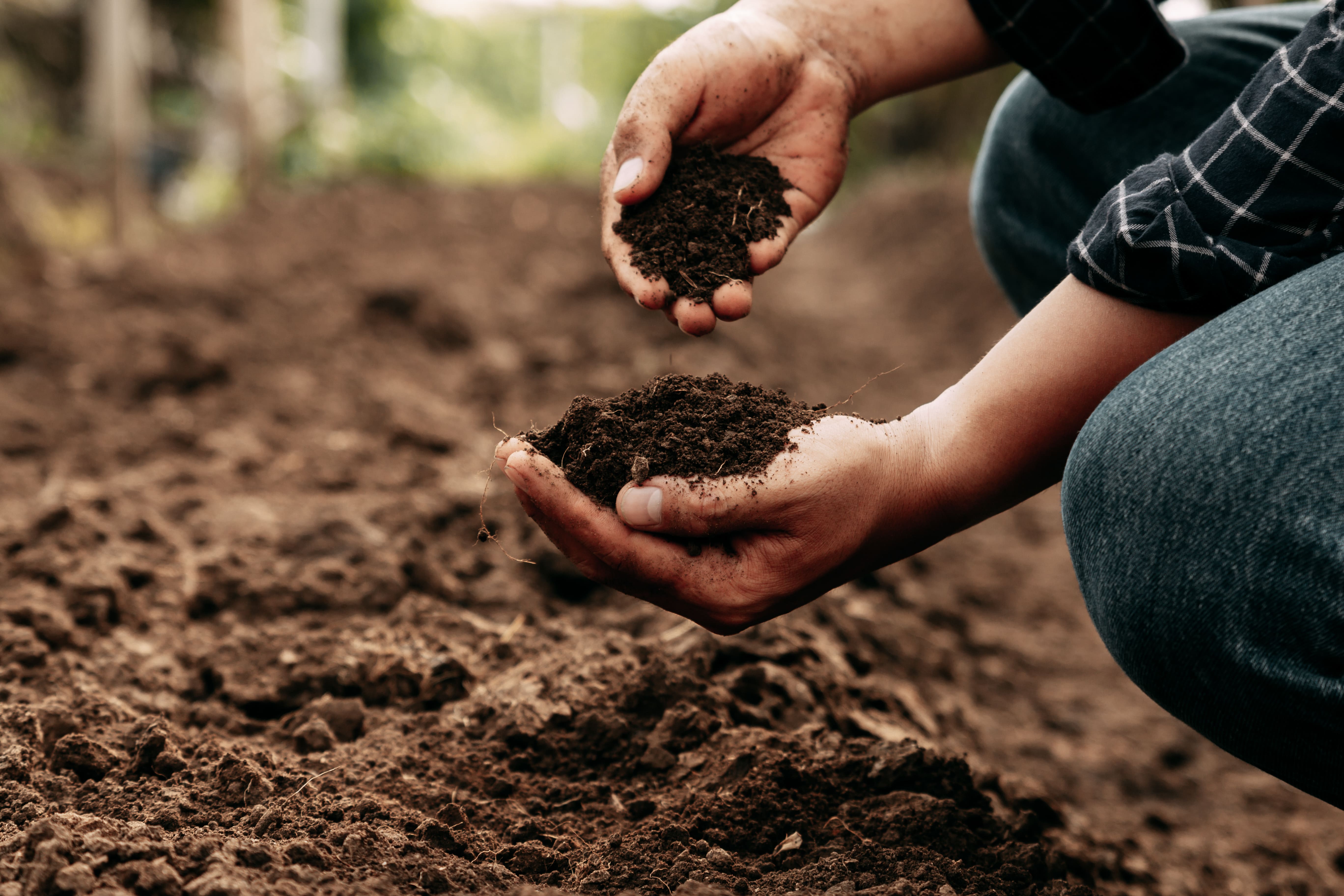· soils are the foundation of terrestrial systems, storing water and nutrients that support forests, crops, and human societies. Geology, climate, ecosystems, and human … Soil is the foundation on which we grow, live, and work. Soil is a biologically active porous medium that is present on the uppermost layer on the uppermost layer of the earth’s crust formed by weathering processes … Soil is made up of four different components – minerals, organic matter (both living and dead), water, and air. In this article readers are introduced to the many facets of soils - their unique characteristics and diversity, the ecosystem services that soils provide, and their use and misuse. · soil contains air, water, and minerals as well as plant and animal matter, both living and dead. Some scientific … These soil components fall into two categories. Soil scientists define soil as a living, dynamic, resource at the surface of the earth. This article delves deeper into the … Soil is a natural resource on this planet as critical as clean water and air and is the medium to anchor plant roots for plants to obtain … Soil, also commonly referred to as earth, is a mixture of organic matter, minerals, gases, water, and organisms that together support the life of plants and soil organisms. · soil is one of the principal substrata of life on earth, serving as a reservoir of water and nutrients, as a medium for the filtration and breakdown of injurious wastes, and as a … In the first category are biotic … Soil consists of horizons near the earths surface that, in contrast to the underlying parent material, have been altered by the interactions of climate, relief, and living organisms over time. · understanding soil composition and types is essential for sustainable agriculture, land management, and environmental conservation.
Soil Stabilisation In Sa Costs Methods Benefits Revealed
· soils are the foundation of terrestrial systems, storing water and nutrients that support forests, crops, and human societies. Geology, climate, ecosystems, and human …...




